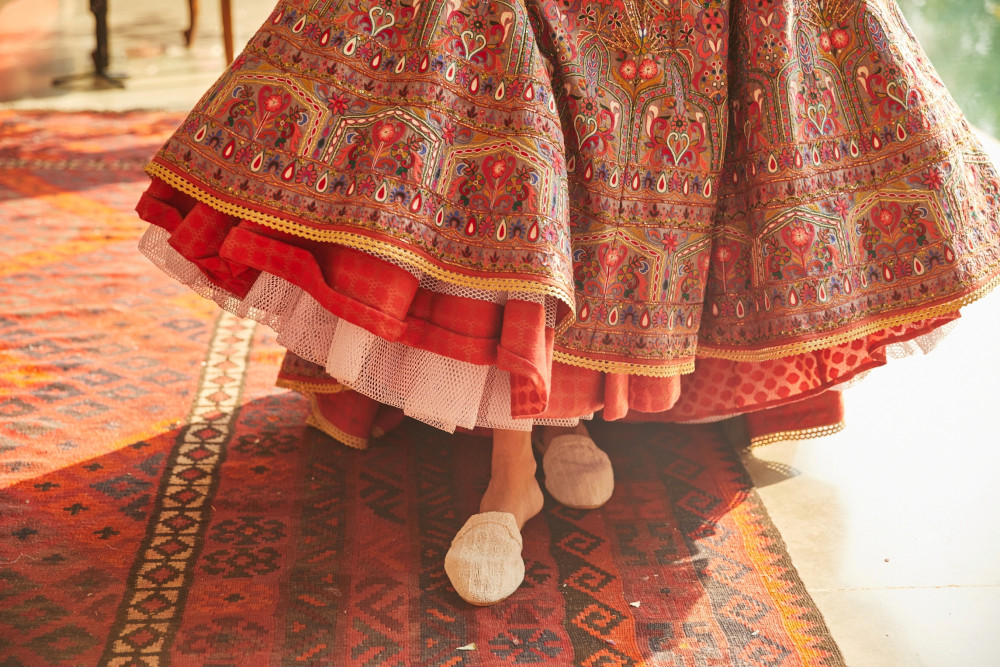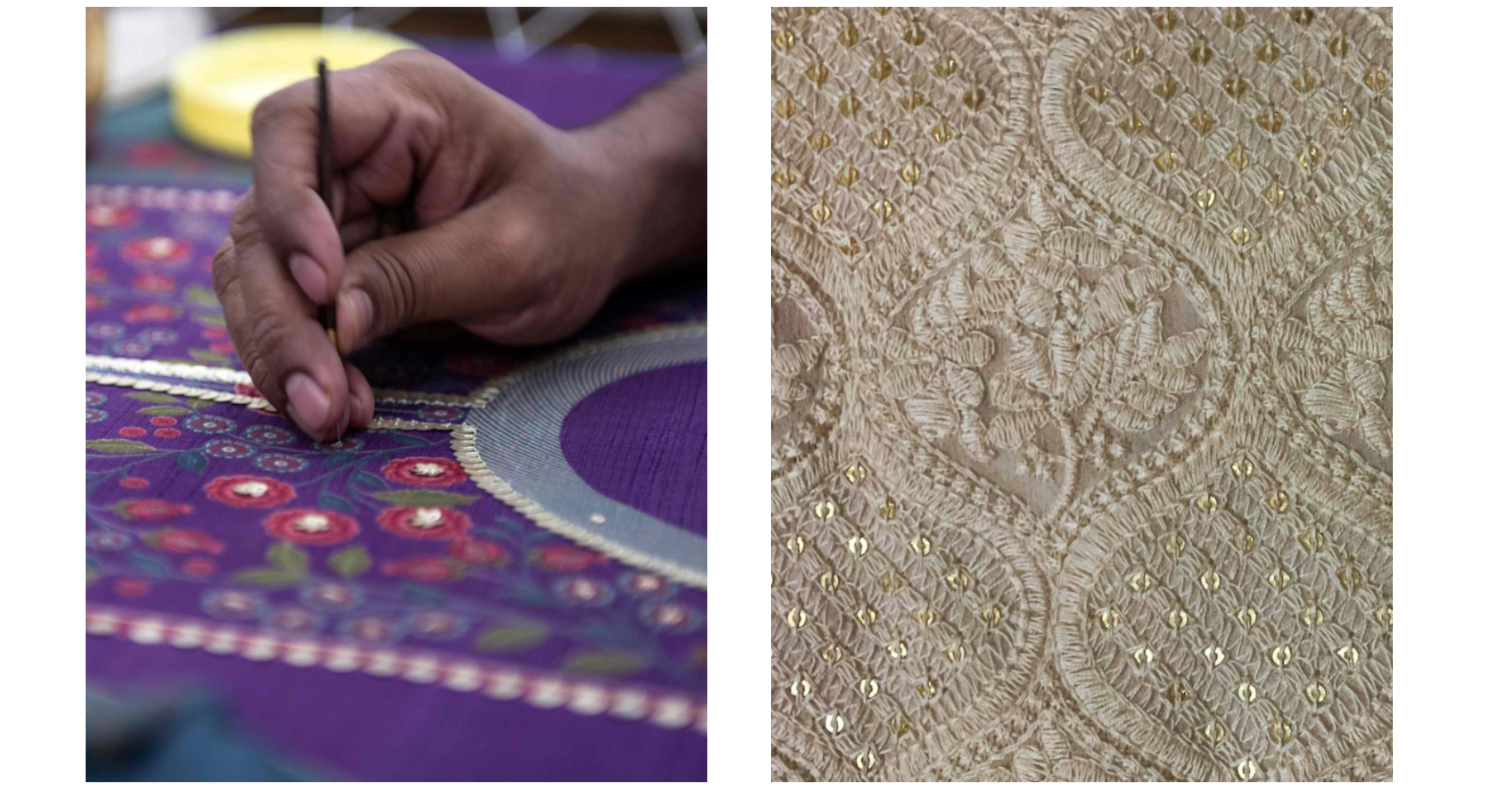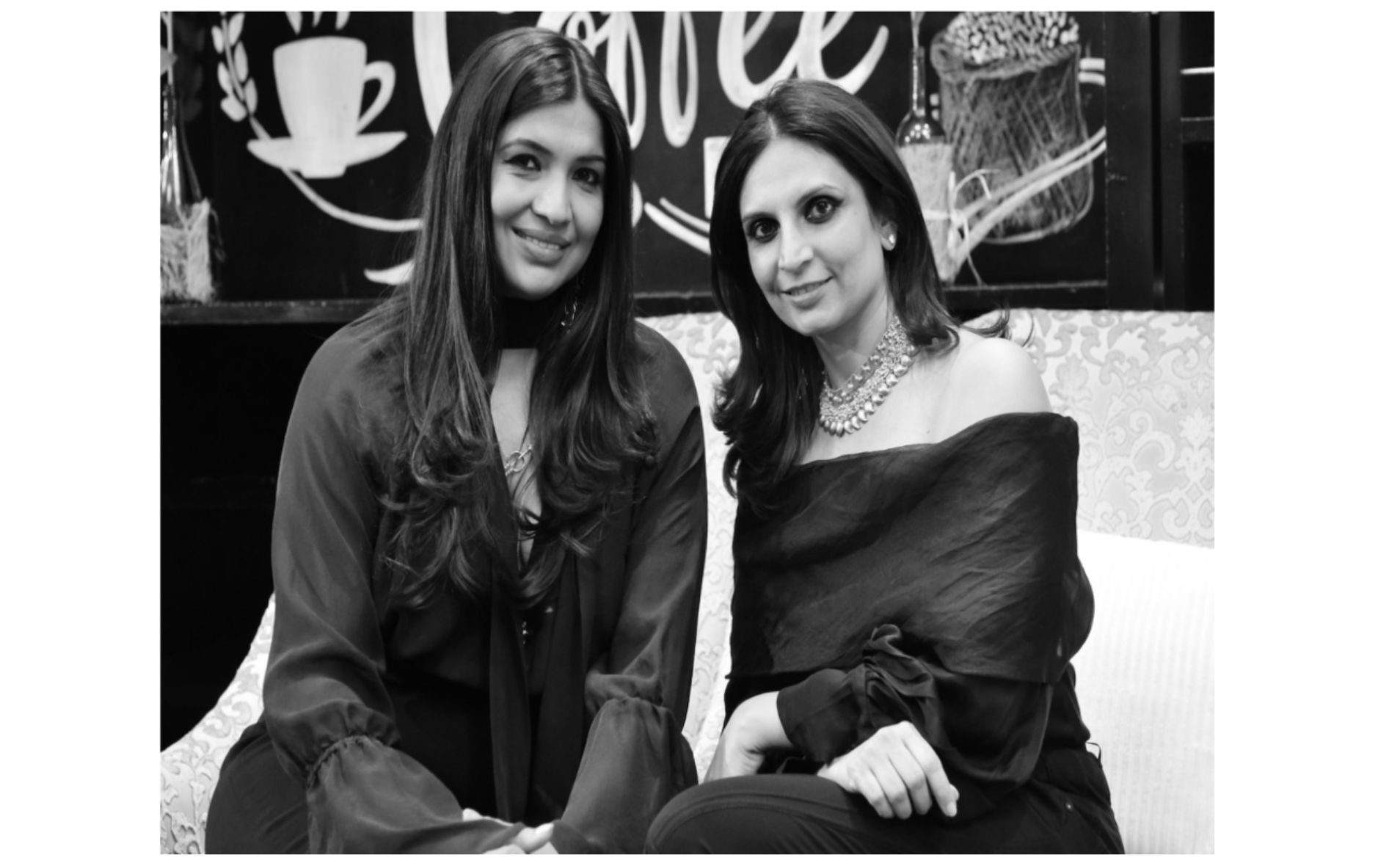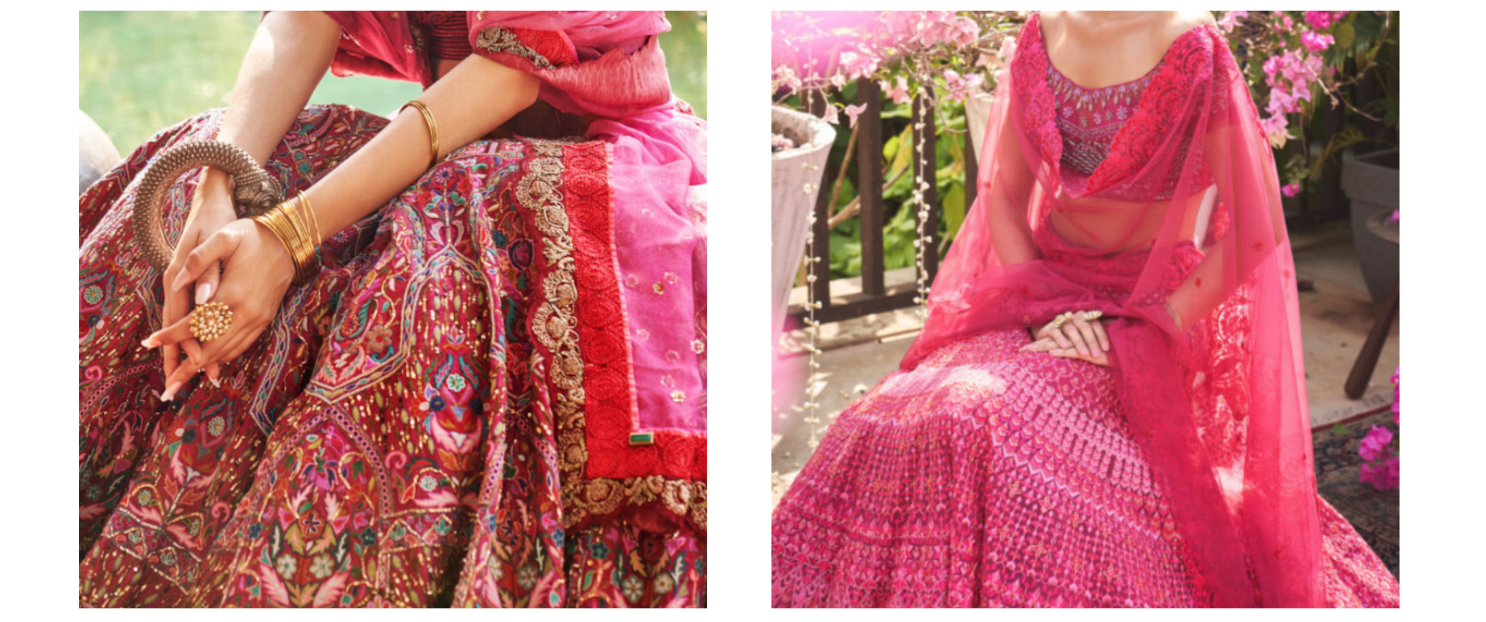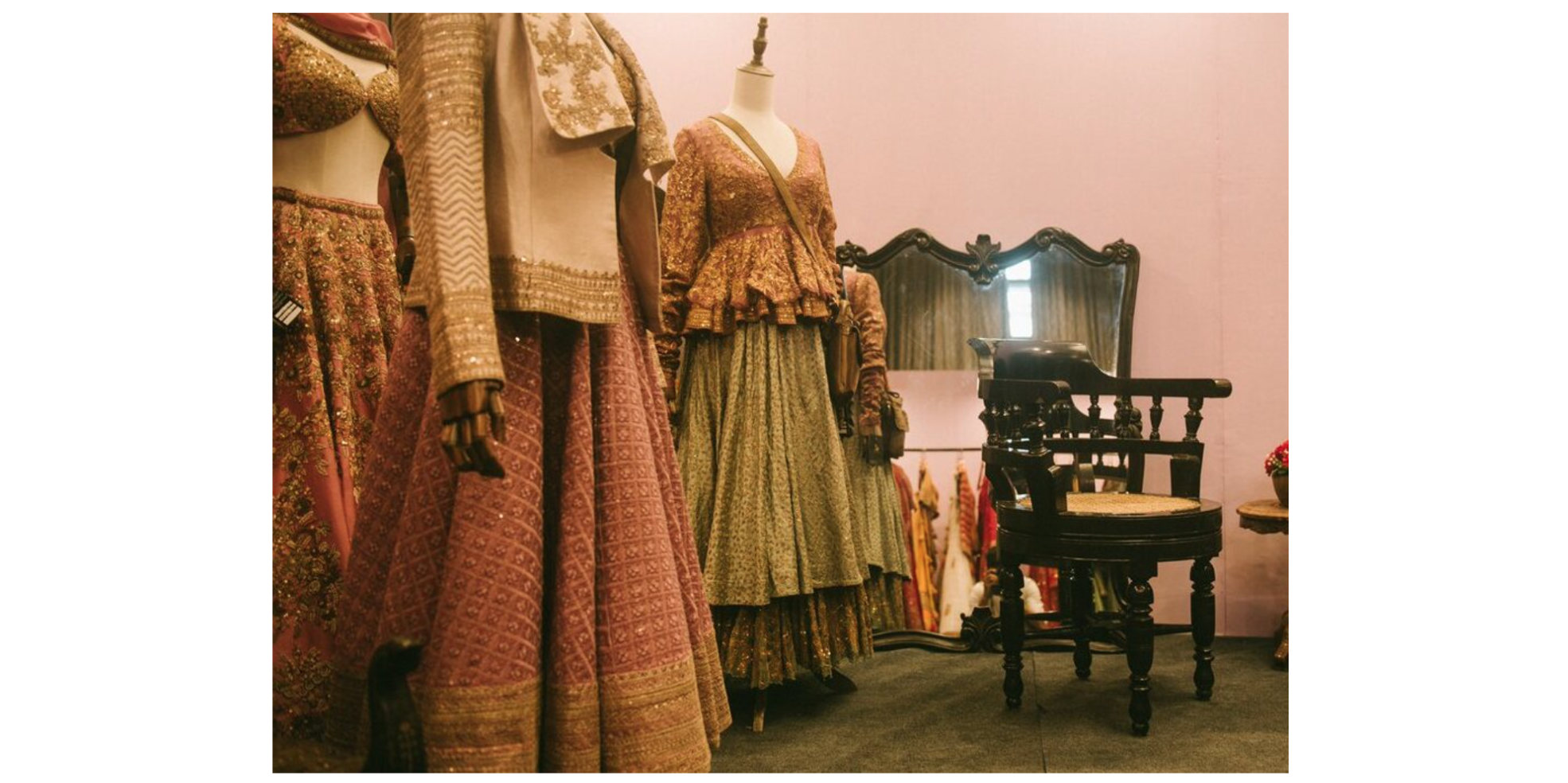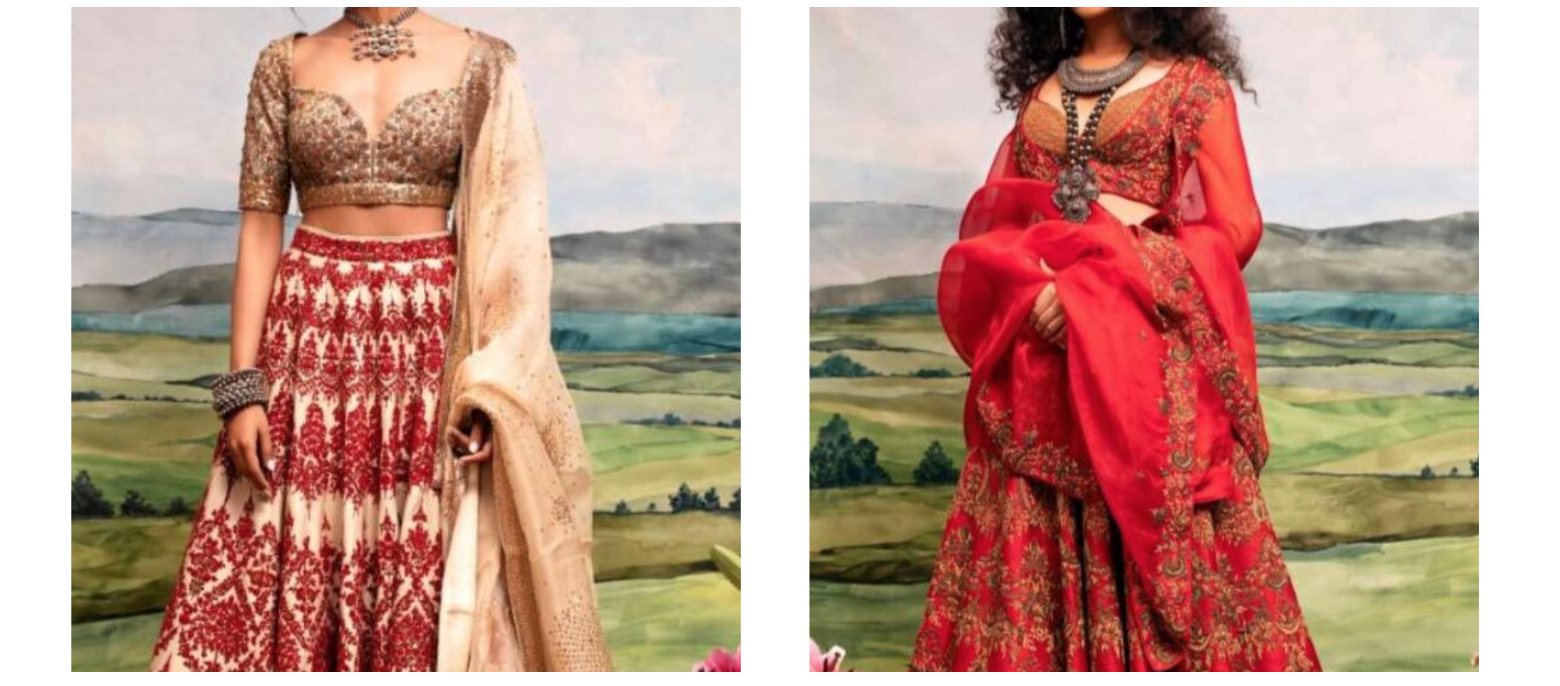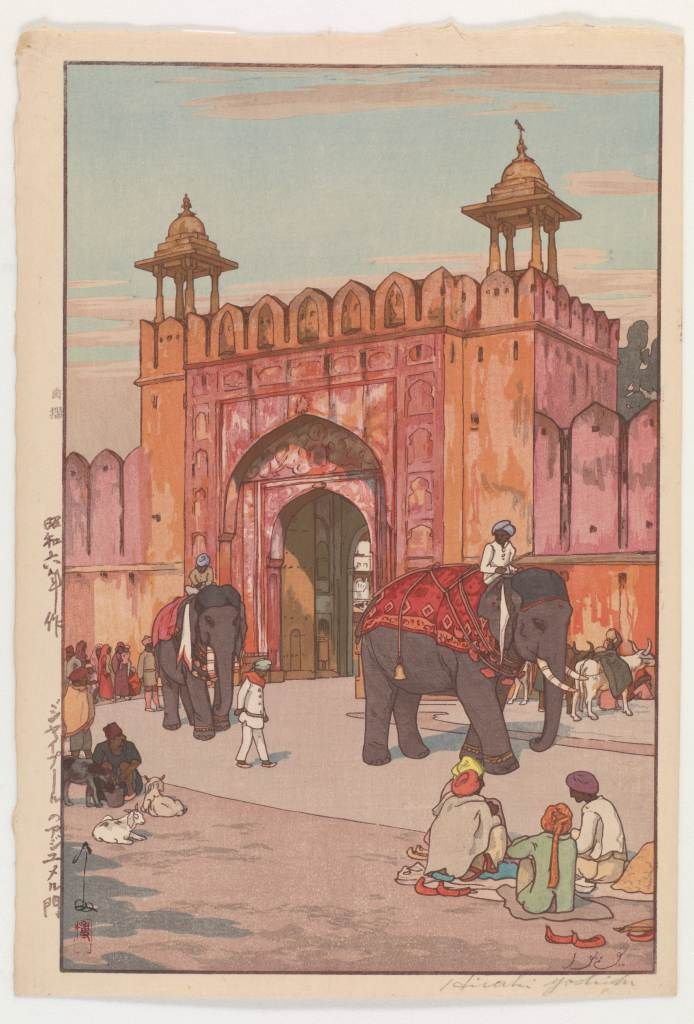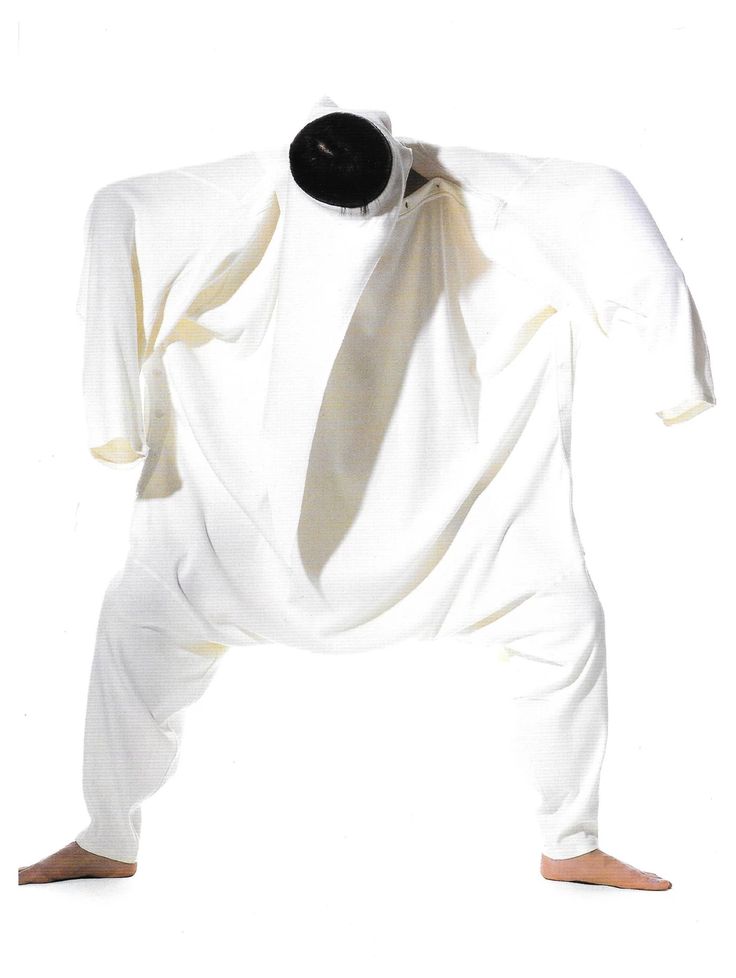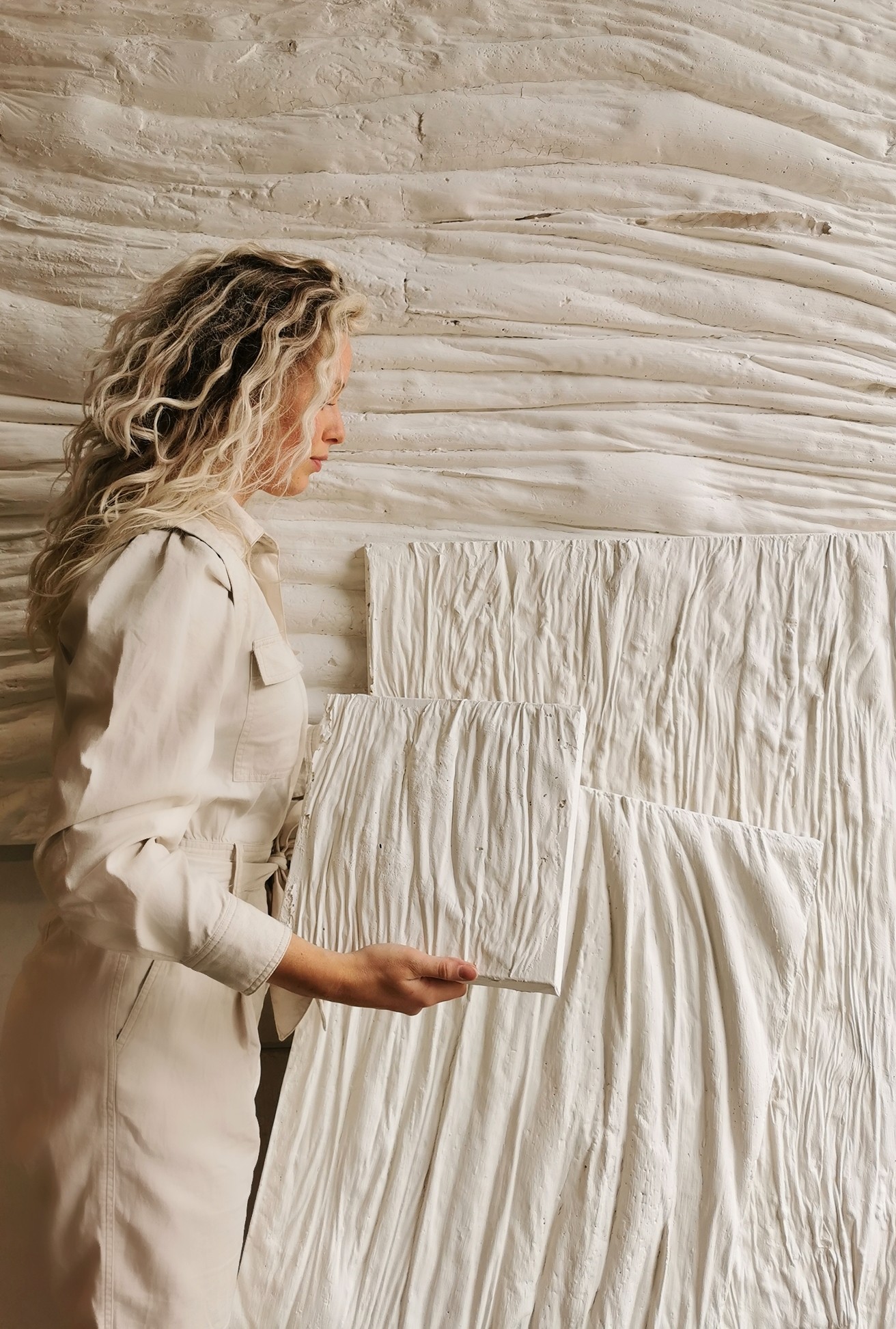India is associated prominently with culture, vivacity and vibrancy. But when it comes to fashion, it is certainly the embroidery that stands out. The timeline can be traced back to every region, seeped in its own unique culture, that introduced its own embroidery technique to the world. From the graceful chikankari of Lucknow to the flamboyant pipli of Odisha or the understated elegance of kaudi work of Karnataka, India’s every nook and corner teems with its extraordinary embroidery work.
Cities like Surat, Mumbai, Bareilly have long been known as the hubs of embroidery manufacturing units – big and small, where karigars or artisans work tirelessly on a single section of an outfit, perhaps a bridal gown or an evening designer dress, for hours together, weaving shiny crystals and sequins which will eventually become a showstopper runway piece.
The timeless symphony of colours and patterns brought about by the meticulous, lengthy process of embroidery making is irreplaceable. That, indeed, is luxury in every sense of the word.
An Indian artisan at work; Lucknow’s chikan embroidery.
Indian embroidery is an art form that has taken years of dedication and practice from artisans and their families. Drawing inspiration from nature and the diverse culture, the motifs and design are a reflection of India’s deep-rooted heritage. In a world of ephemeral fast fashion where millennials and Gen-Z are looking for instant gratification, especially with their apparel, the timeless symphony of colours and patterns brought about by the meticulous, lengthy process of embroidery making is irreplaceable. That, indeed, is luxury in every sense of the word.
While we may appreciate the visual attractiveness of a dazzling bridal saree or an ethnic skirt, the intricacies behind it are lesser understood by most consumers in India. Even then, Indian designers have been creating impressive work and leaving a mark on the international fashion world by employing the timeless embroidery techniques which are so unique to the country.
Karishma Swali and Monica Shah of JADE.
Choosing the right embroidery
Given the myriad embroideries and of course the fabrics, as a layman or as consumers on the other side of the shopping window, we would often wonder how a designer chooses which embroidery goes on which fabric.
The question was answered by the designer duo Monica & Karishma of JADE By MK, known for their colourful lehengas and sarees that have garnered attention from celebrities across the country. “We spend a lot of time at the drawing table thinking of not just the concept and inspiration behind a collection but also the technicalities.”
While the audience in India is quite familiar with the intricacies of embroideries, international audiences too, are very drawn to the detailing and the ‘Indianness’ of these crafts.
Techniques like ‘ek taar’ and ‘Ombre’ displayed in ‘A Summer Memoir’ couture collection by JADE.
Their recent bridal couture collection ‘A Summer Memoir’ coincided with their store opening in Los Angeles and New Delhi. The ensemble showcases handcrafted techniques like ek taar, or ‘one-wire’, which is practised using a single strand of thin metal like gold or silver and is usually combined with crystals or beads. Kalash or panchdhaatu uses five metals while Ombre, as the name suggests, brings out different shades of the same colour through fabric or even embellishments. JADE’s signature technique is tone on tone, mastered over the course of 12 years that is an interplay between fabric and embroidery belonging to one colour palette.
“Ek taar is a technique that’s so rich, intricate and laborious, but the result is always nothing short of a work of art. In our Ombre ensembles, we use embellishments like crystals and sequins to create this surreal effect, which is quite stunning to wear and witness!” expand the designer duo.
Kolkata-based designer Saroj Jalan has been in the bridal couture industry for more than two decades and is known for working with various rural artisans specialising in hand embroidery. Asking about her creative process, she answers, “Creative process as a designer involves a lot of steps that we work in. Taking our inspirations, and ideations in place, line drawing on them to get the basic idea and then finally working on the line drawing that would best suit a woman of today. Inspiration is everywhere, everything that we see around.
Saroj Jalan’s store.
Majorly I am inspired a lot by paintings of Raja Ravi Verma, S.H. Raza and Alphonso Mucha – like in our last Spring Summer collection Indu. We merge Indian embroideries and techniques with our inspirations and create patterns and designs which are unique yet traditional and modern.
Regional Influences: Embroidery as storytelling
From tribal areas in the recesses of the forests that gave rise to the floral applique work or the peacocks and dancer motifs born from caravans in the deserts of India, embroidery is one of the most intricate and oldest forms of storytelling in India. Regional culture and history can be truly understood by looking at embroidery patterns. The Kutch embroidery, for instance, that can be traced back to the 16th century among the migrating community of Kutch in the state of Gujarat, is heavily influenced by their daily lives. It comprises geometric designs, colourful patterns, animals and bird motifs, bought alive through mirror embellishments.
The baluchari sarees, originated in the Bishnupur province of West Bengal, are famous for intricate, embroidered depictions from the Ramayana and the Mahabharata. The saree patterns reflect ancient temple architecture as well. Designers today, too, try to tell a story using myriad of embroidery techniques. Mumbai-based couturier Dilnaz Karbhary’s unique designs reflect her Parsi ancestry. “My designs have a lot of Persian embroidery, Parsi gara and zardosi. The white Parsi style blouse with pearls is a classic Dilnaz and reminds me of my grandmother.”
Saroj Jalan lehengas.
Jalan shares that her favourite embroidery is Kantha, one of the oldest and simplest forms of embroidery techniques found in the eastern side of India. Popular among tourists and mostly used for making quilts, Kantha embroidery’s most common motifs are lotus and butterfly.
Monica and Karishma add, “We understand that every collection is an opportunity to bring Indian techniques to the forefront, so we take our time with understanding which techniques will work best with the fabrics and silhouettes we have in mind, and also the role they play in telling the story of the collection.”
The Evolution of Embroidery
Embroidery is, undoubtedly, one of the most important sectors for India and the organisation has allowed the country to establish export houses across the country that supply handwoven fabrics to the Middle East, UK, Indonesia to name a few.
Even for bridal couture, these techniques can be used to create captivating, contemporary designs. Jalan says, “The beauty of hand embroidery techniques is it being the same over the ages and you still need to make something new depending on the trends and modern day Indian bride. We often try using different materials but still, the dabka, bullion work and tikki work remains a classic in Saroj Jalan garments.” dabka work, originating from Rajasthan, is an intricate needle and thread technique usually seen on silk or chiffon. Bullion stitch, a sinuous technique, is a special kind of stitch used for embroidering flower petals.
The true luxury of Indian couture lies in its spectacular embroidery where the smallest of beads, pearls and crystals, are woven tightly and intricately together in threads of gold and silver to form the most exquisite painting by a needle. With Indian embroideries finally getting acknowledgement, recognition and support from various international organisations, it won’t be long before Indian fashion brands start demanding a larger piece of the international fashion market, as compared to being just a supplier.
Words by Prateeksha Guruji.
Republished from luxuryfacts.com
Images via JADE, Saroj Jalan and Unsplash.
